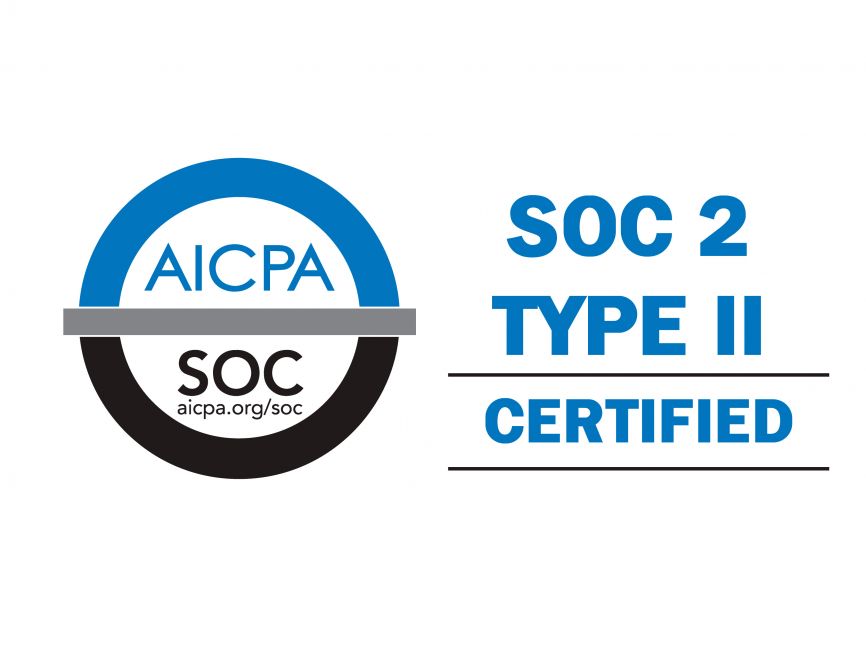When I am discussing a health insurance policy with a client, one of the most frequent questions that comes up is “How much will it cost if I go to the doctor?”. As high deductible health plans become more common, this question becomes more difficult to answer. Without a set copayment for the service, there are a few different factors affecting the costs of various health care services.

The primary variable affecting the cost is the type of health care service you receive. This fact is the same across many industries, for in taking a car to be serviced, tire rotation is cheaper than rebuilding the engine. However, prices at the doctor are not advertised like they would be at the repair shop. For example, you may have a cough and a fever. You will be charged for your time with the doctor–typically billed in 15 minute increments. In addition, you will also pay for lab work on blood samples and any other tests the doctor might order. Understand that all health care services in this instance are billable.
Another variable is the network discount your health insurance plan offers. If you see an in-network doctor, then the doctor has agreed with your health insurance carrier to provide lower cost health care services to you for having health insurance. Discounts can range from as high as 90% for emergency room services to less than 20% for standard primary care services.

One rule of thumb to remember when selecting a health insurance plan is this: the smaller the network, the greater the discounts. Conversely, the larger the network, the smaller the discounts. When looking at a plan, you may be attracted by the large number of providers in the network, but this may also mean you’re paying more for the same services compared to a smaller network.
Narrow network plans are going to be more and more prevalent in the marketplace, as health insurance providers look to reduce cost while leveraging those larger discounts.
In Tennessee, health insurance providers like United Healthcare offer cost estimator tools to help consumers with price transparency. The United Healthcare tool can give you a cost range for health care services; it also provides you with the specific doctor or facility that provides the lowest cost service.
However, these tools are not being widely used. A recent article published by the Journal of American Medicine Association (JAMA) detailed a study by Harvard Medical School of two large companies that offered the Truvent Cost Estimator to their employees to help them navigate costs. The study shows that only 10% of employees used the tool. The study concluded that access to health care pricing tools did not result in lower healthcare spending.
It is hard to fathom that more consumers do not use cost estimation tools to research prices for health care services. Nashville, TN-based Healthcare Bluebook is a quick, user-friendly way to receive an estimate in seconds. The company provides consumers with a price for a health care service that one can reasonably expect. One could use the tool to gauge a state-wide, standard price for a surgical procedure–for example, a child’s tube implantation costs over $5,000 in Tennessee. Insurance plans have the potential to save consumers thousands off the fair prices displayed on the website. Knowing the sticker price as well as the insurance discounts really work well to reduce health care spending. The problem is that many people are unaware that cost estimation tools exist.
Many States have enacted legislation improving access to price transparency tools. Unfortunately, if the recent Harvard Medical Study is an accurate depiction of the correlation between access to health care price transparency tools and lower healthcare spending, then more may have to be done. Two solutions come to mind. First, more people need to visit cost estimators; thus, companies should agressively promote their pricing tools. Second, the user-experience is not always favorable. Companies should invest in a user-friendly experience in researching medical costs.
The days of pure price transparency and consumer driven health care seem to be, at this point, more of a dream than a reality. States may have to tweak their policies to help further promote these tools.
Andrew Hetzler is the Chief Operating Officer of American Exchange. For a free consultation with a licensed agent call 1-888-995-1674 or email info@americanexchange.com. To contact Andrew directly, you can email him at andrew.hetzler@americanexchange.com.

